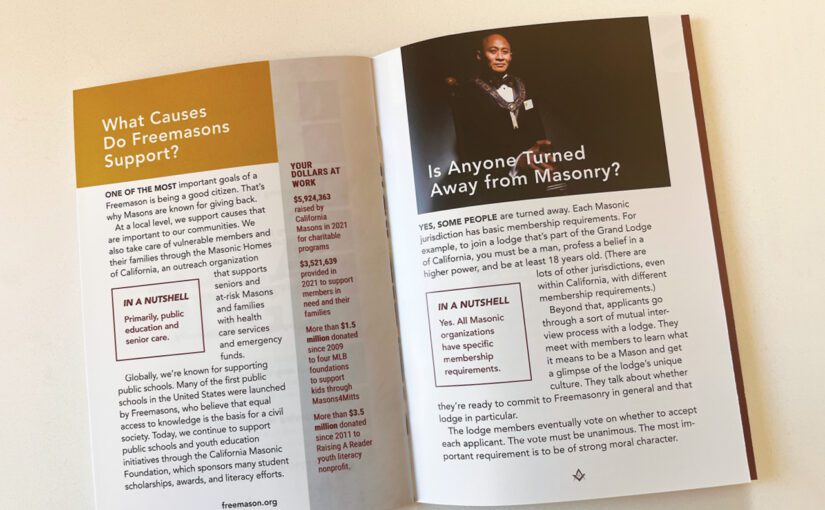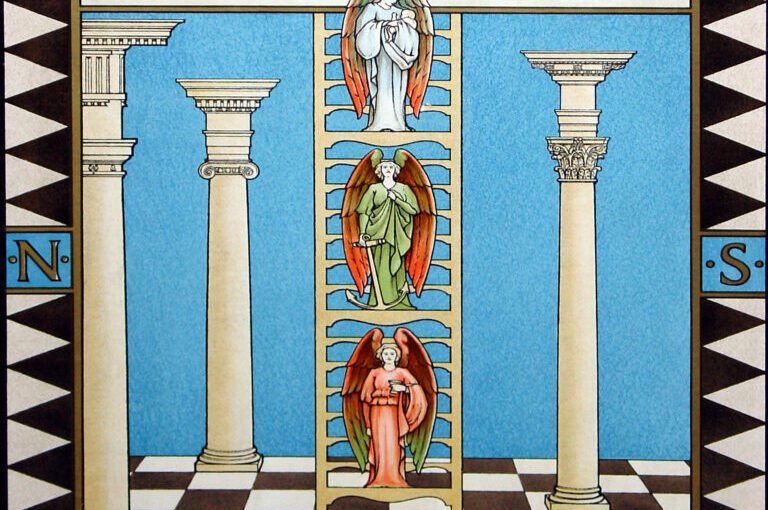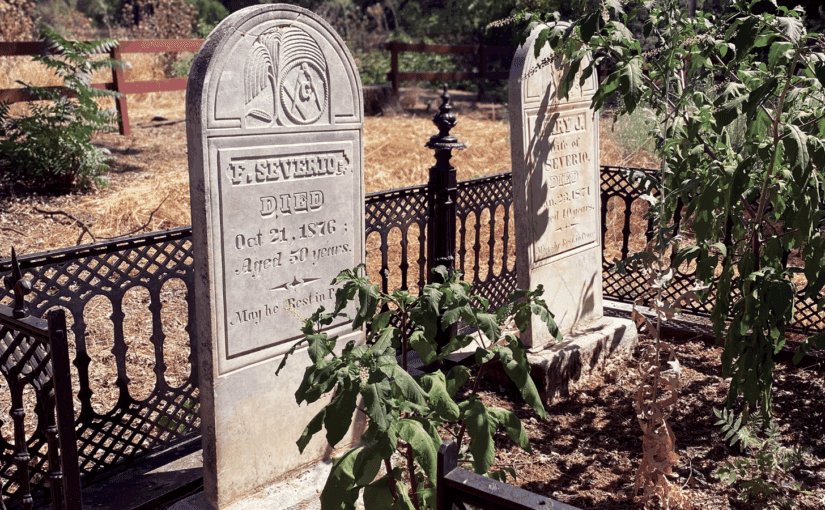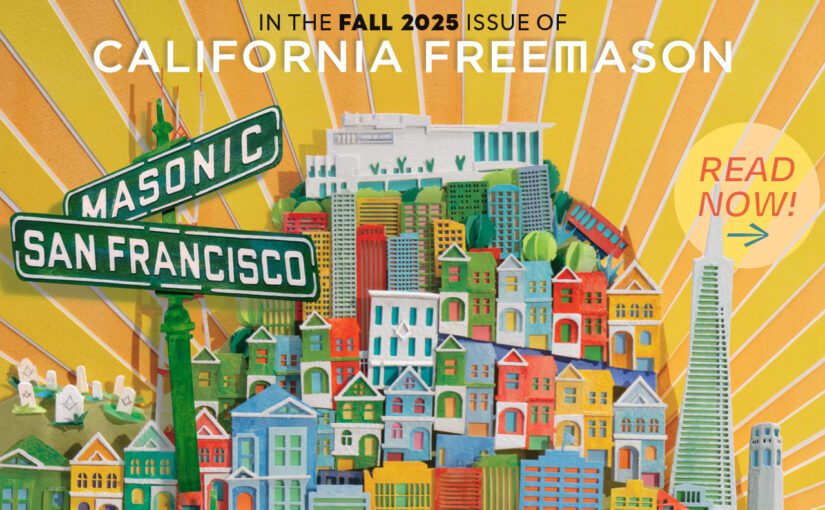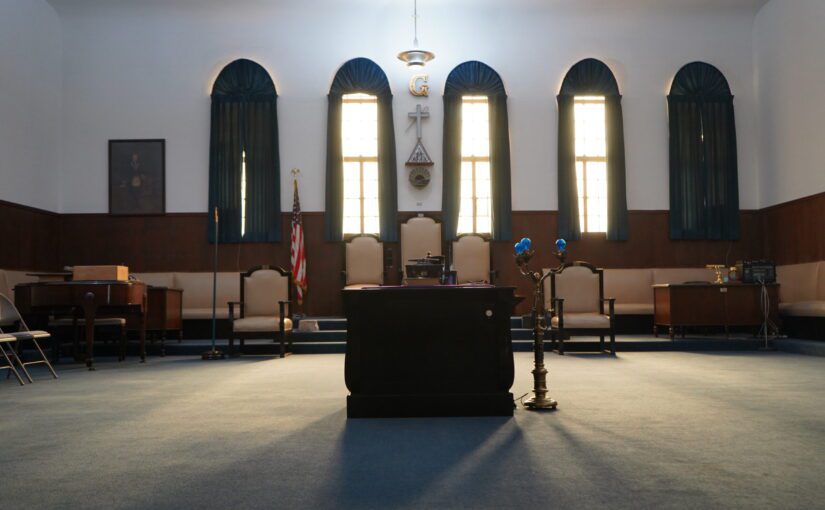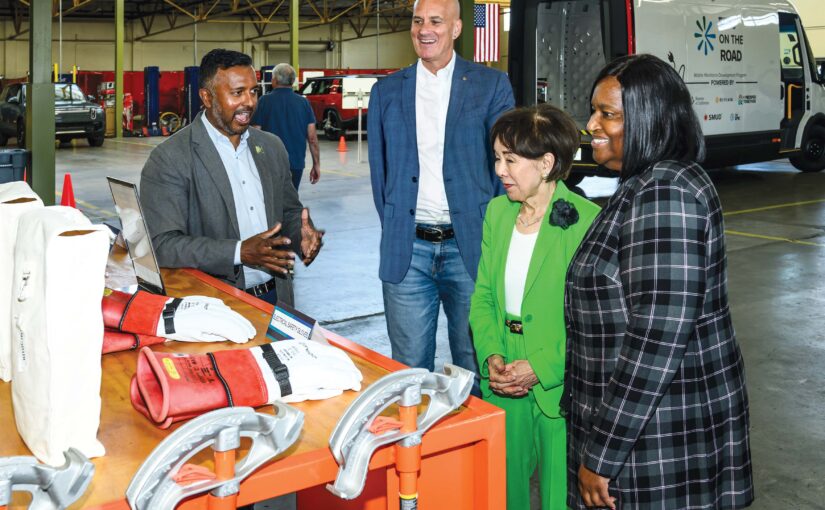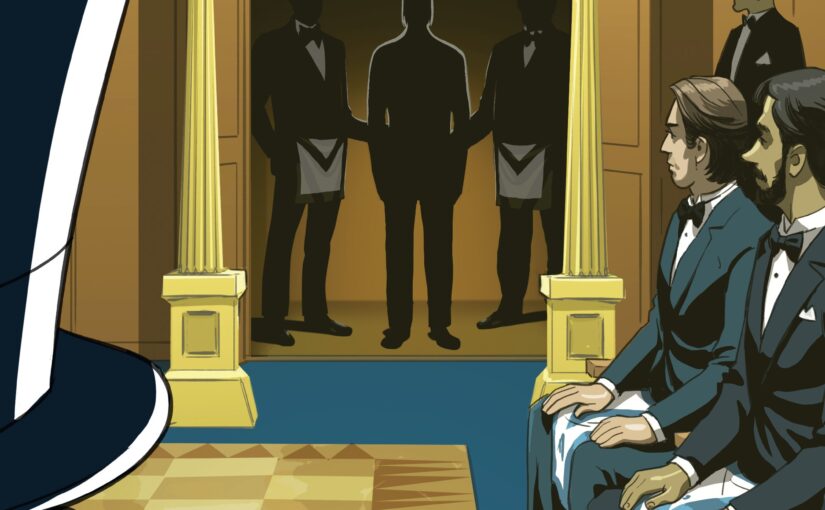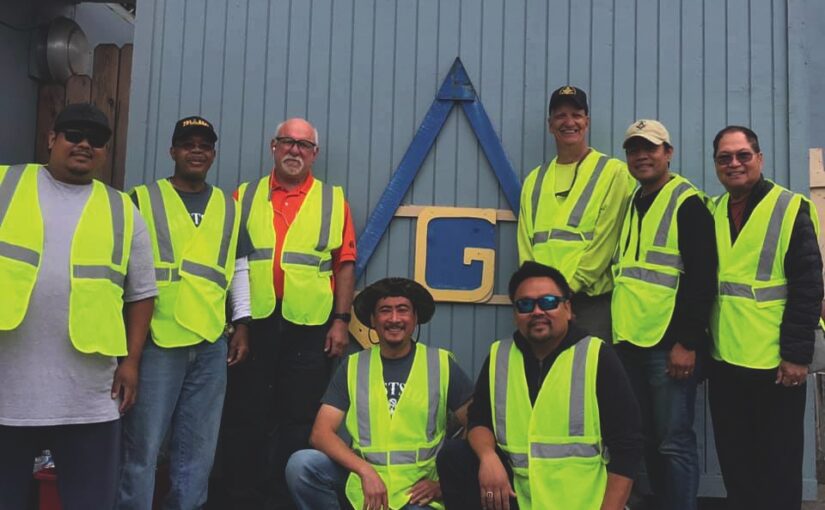How did you first learn about about Freemasonry? Was it by stepping into a lodge hall and meeting with members? At a community event? From a movie or TV show?
PROBABLY NOT!
Research shows that by far, the most common introduction that current members had to the organization came from a personal connection such as a relative or colleague. In other words, not from the Internet. That’s why it’s so important that current members feel comfortable talking about Freemasonry with the people around them—and that those searching for more information are provided with simple and accurate answers.
 To that end, this short booklet is designed to help current members answer some of the most common—but often confusing—questions about Freemasonry.
To that end, this short booklet is designed to help current members answer some of the most common—but often confusing—questions about Freemasonry.
Download and read through this guide to brush up on the basics. And share it with those around you who’d like to learn more. Don’t worry about memorizing answers. The most powerful thing you can do is share your personal experience. Consider this a tool to help you get started.
As members, you’re encouraged to discuss your Masonic experience with people around you. It’s how the tradition stays alive, from one person to the next.
